Search results for: “john rogers”
-
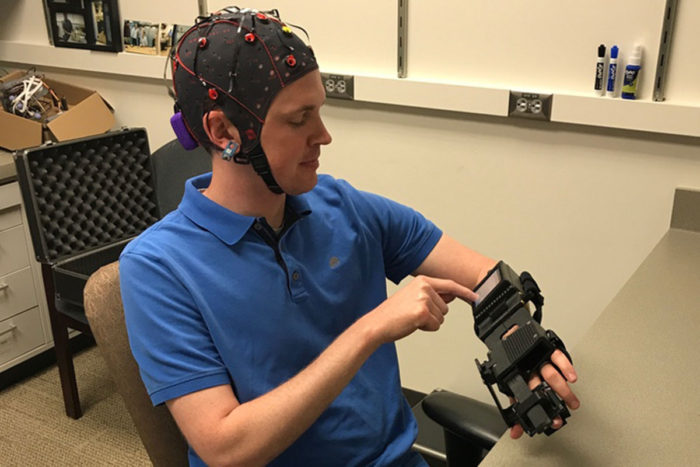
BCI-controlled exoskeleton helps motor recovery in stroke
Ipsihand, developed by Eric Leuthardt and Washington University colleagues, is a brain controlled glove that helps reroute hand control to an undamaged part of the brain. The system uses a glove or brace on the hand, an EEG cap, and an amplifier. One’s hands are controlled by the opposite side of the brain. If one hemisphere…
-

EEG detects infant pain
Caroline Hartley and Oxford colleagues studied 72 infants during painful medical procedures. Using EEG, they found a signature change in brain activity about a half-second after a painful stimulus. They seek to understand its use in monitoring and managing infant pain, as well as the use of EEG in adult pain treatment. EEG is more precise than current heart rate,…
-

Graphene sensor detects asthma attacks early
Azam Gholizadeh, Clifford Weisel, and Rutgers colleagues have created a graphene sensor for early molecular diagnosis of asthma attacks. The goal is the development of wearables that will alert users to take medicine, as well as determine appropriate dosages. Current non-invasive detection methods, such as spirometry, are limited in characterizing the nature and degree of…
-
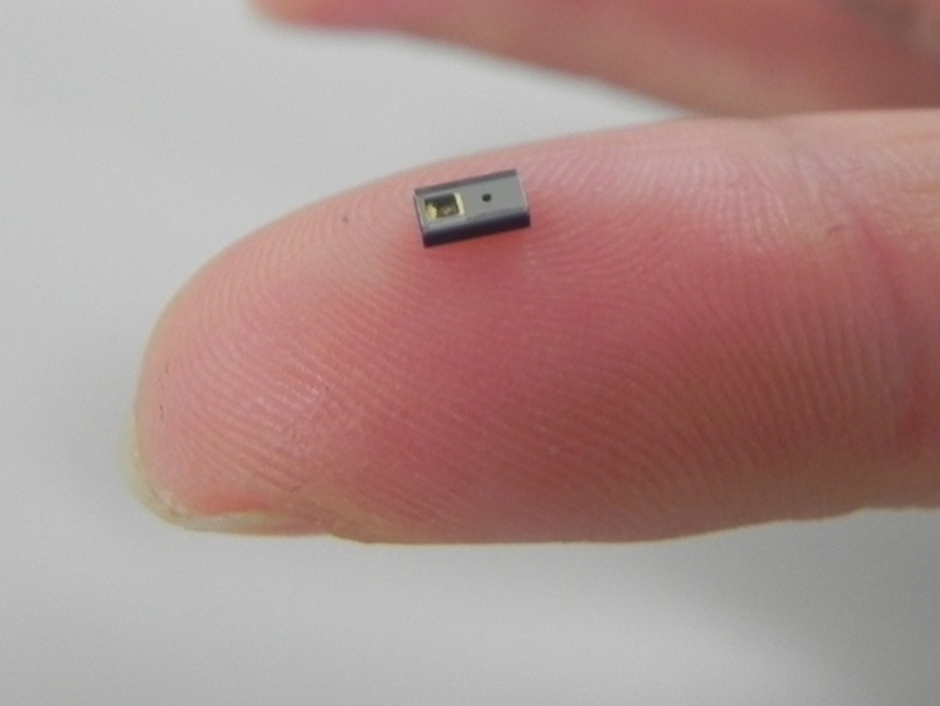
Earbud sensor reportedly measures blood pressure, dehydration
As health sensors become more discreet, and fused with commonly worn devices, Kyocera has integrated a tiny, optical sensor into its earbud. The hybrid music/phone/health use wearable measures blood flow in hypodermal tissues using Laser Doppler velocimetry. It can monitor nerve and blood pressure, levels of dehydration, and possible signs of heat stroke. Sleep monitoring can…
-

VR studied for PTSD, phobia treatment
Emory’s Jessica Maples-Keller has published a study demonstrating the effectiveness of VR in treating PTSD, phobias, and other mental illnesses. She describes the treatment as allowing “providers to create computer-generated environments in a controlled setting, which can be used to create a sense of presence and immersion in the feared environment for individuals suffering from anxiety disorders.”…
-
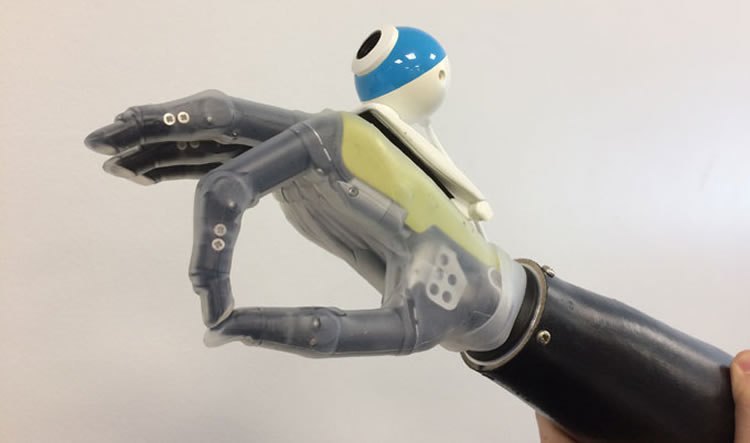
Deep learning driven prosthetic hand + camera recognize, automate required grips
Ghazal Ghazai and Newcastle University colleagues have developed a deep learning driven prosthetic hand + camera system that allow wearers to reach for objects automatically. Current prosthetic hands are controlled via a user’s myoelectric signals, requiring learning, practice, concentration and time. A convolutional neural network was trained it with images of 500 graspable objects, and taught to recognize…
-

Less invasive, soft tissue artificial retina
Oxford University student Vanessa Restrepo-Schild is developing a synthetic, soft tissue retina that more closely resembles human tissue than current artificial retina technology. Unlike existing implants, the cell-cultures are created from natural, biodegradable materials and do not contain foreign bodies or living entities. This makes the implant less invasive than a mechanical device, and less…
-
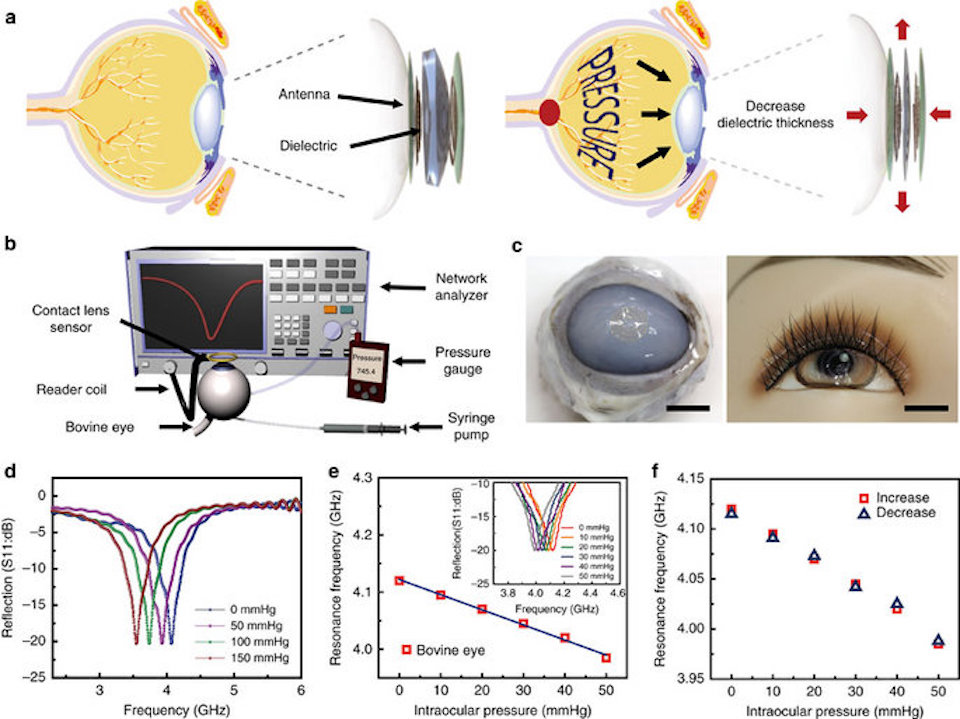
Transparent, stretchable lens sensor for diabetes, glaucoma detection
UNIST professors Jang-Ung Park, Chang Young Lee and Franklin Bien, and KNU professors Hong Kyun Kim and Kwi-Hyun Bae, have developed a contact lens sensor to monitor biomarkers for intraocular pressure, diabetes mellitus, and other health conditions. Several attempts have been made to monitor diabetes via glucose in tears. The challenge has been poor wearability, as the electrodes…
-
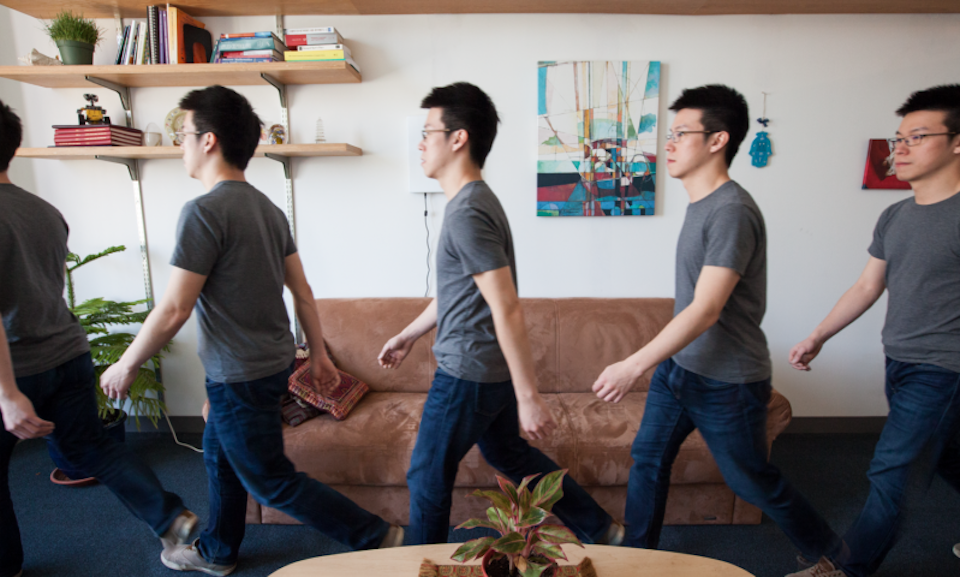
Wall sensor monitors walking speed, stride to track health
MIT’s Dina Katabi, Chen-Yu Hsu, and colleagues have developed WiGait, a wall sensor that detects walking speed and stride to monitor health. This builds on previous MIT research which showed that radio signals could track breathing and heart rate, without wearables. The system works by transmitting low-power radio signals and analyzing how they reflect off bodies within a…
-
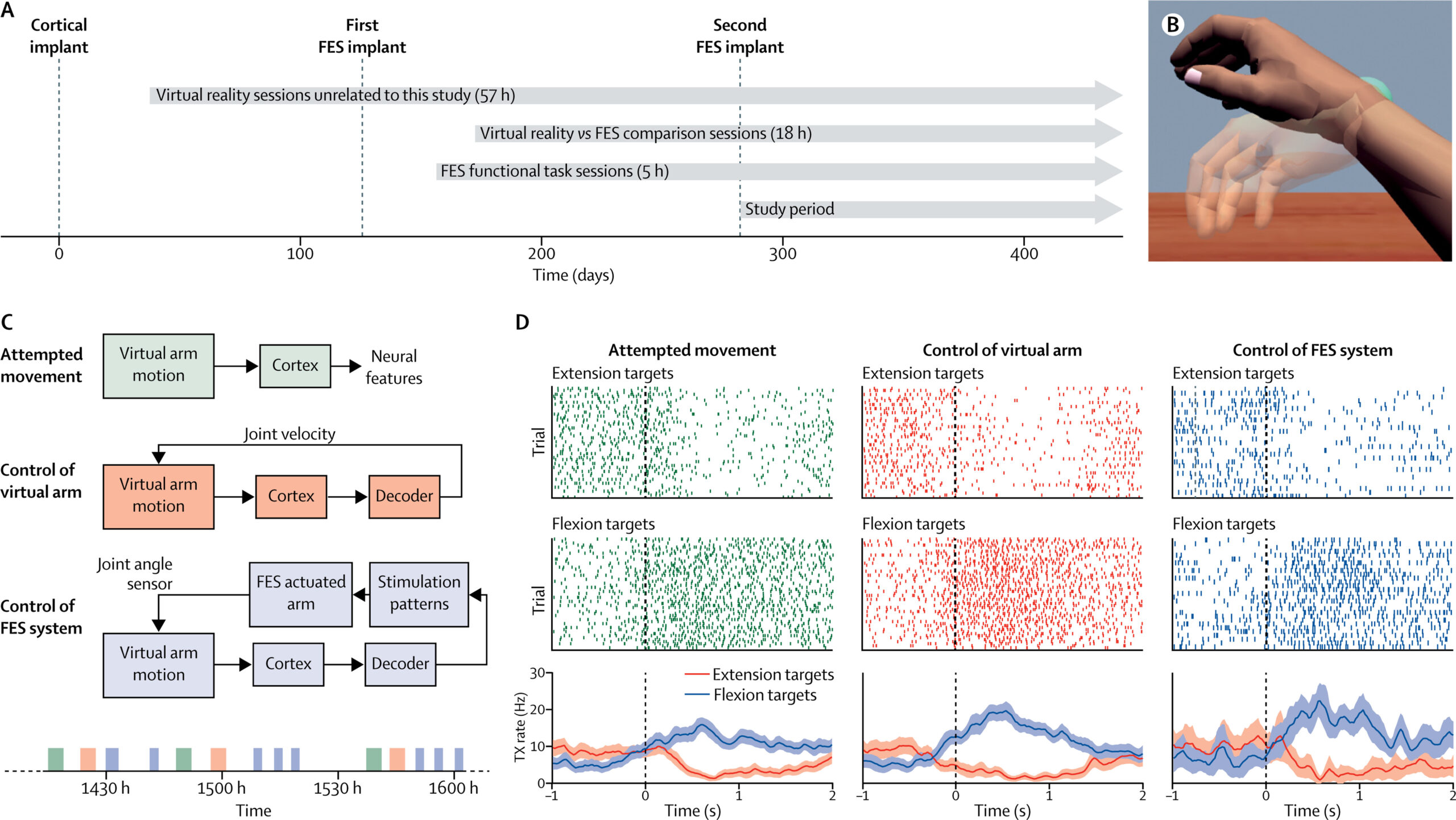
Tetraplegic patient moves arm with thoughts via BCI/FES system
Bolu Ajiboye and Case Western colleagues used an implanted BrainGate2 brain-computer interface to allow a tetraplegia patient to control arm movements via an implanted FES muscle stimulation system. A robotic arm, which was needed in previous BrainGate experiments, was no longer required. Neural activity was recorded from two 96-channel microelectrode arrays implanted in the motor…
-
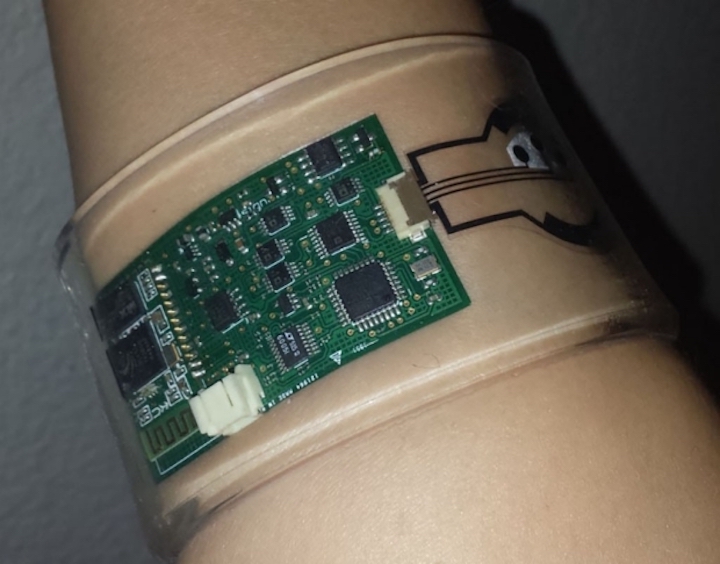
Sweat sensor for cystic fibrosis detection, drug optimization, glucose monitoring
Carlos Milla, Ronald Davis, and Stanford and Berkeley colleagues have developed a wearable sweat sensor for detecting cystic fibrosis, diabetes and other diseases. It can also aid drug development and personalization, and continuously monitor patients. The flexible sensor/microprocessor system adheres to the skin, stimulates sweat glands, and detects the presence of molecules and ions based…
-

Robotic leg brace helps stroke patients walk
Toyota’s Welwalk WW-1000 exoskeleton is designed to help those with paralysis on one side of their body walk again. The frame is worn on the affected leg, with a motor at the knee joint that provides calibrated assistance based on a user’s ability. Wearers are trained to recover their walking ability over time. The robotic device…